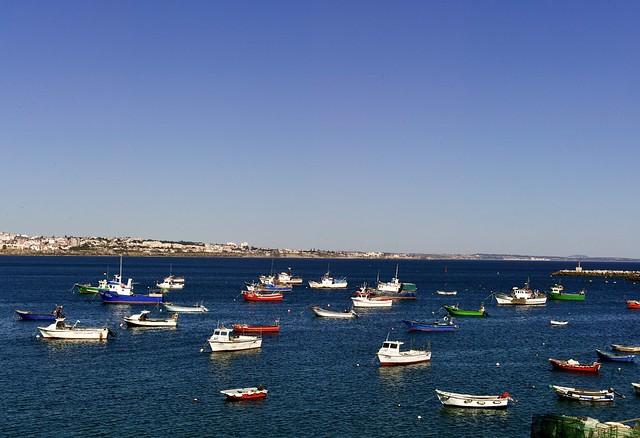Nalbant
Overview
Overview of Nalbant
Nalbant is a quaint village nestled in the picturesque Tulcea County of Romania, situated in the heart of the Danube Delta region. This charming destination is often overlooked by travelers, yet it offers a unique glimpse into the rustic life of Romania. With its serene environment and close-knit community, Nalbant embodies the essence of traditional Romanian culture, surrounded by lush landscapes and the gentle flow of the Danube River.
Nalbant is particularly known for its rich cultural tapestry, which is a blend of Romanian traditions and influences from the diverse ethnic groups that have settled in the area over the centuries, including Lipovans and Ukrainians. The village hosts various traditional festivals, where visitors can experience vibrant folk music, lively dances, and delicious local cuisine. The warm hospitality of the locals is palpable, making travelers feel welcome as they immerse themselves in the customs and daily life of this charming village.
Historical Significance
The history of Nalbant dates back several centuries, with archaeological findings in the region suggesting human settlements since the Neolithic period. The village itself, however, emerged more prominently during the 19th century as a center for agriculture and fishing. The location near the Danube River has historically provided the community with abundant resources, shaping its economy and lifestyle.
As you wander through the village, you can spot remnants of its past, such as traditional wooden houses and old churches that reflect the architectural styles of different eras. The local church, a focal point of community life, stands as a testament to the village's spiritual heritage, showcasing beautiful frescoes and intricate woodwork that invite admiration from both locals and visitors alike.
Local Characteristics
Nalbant's atmosphere is characterized by a soothing tranquility that invites relaxation and exploration. The surrounding natural beauty, with its rolling hills and expanses of greenery, is perfect for outdoor activities such as hiking, bird-watching, and fishing. The nearby Danube Delta, a UNESCO World Heritage site, is a biodiversity hotspot that attracts nature enthusiasts and photographers seeking to capture its stunning landscapes and rich wildlife.
Additionally, the village is known for its agricultural practices, particularly the cultivation of grains and vegetables. Travelers can engage with local farmers and learn about traditional farming methods, perhaps even participating in seasonal harvests or local cooking classes that showcase the flavors of the region. The culinary scene in Nalbant is delightful, featuring dishes made from fresh, locally-sourced ingredients, with specialties such as fish stew and polenta that reflect the area's culinary heritage.
Cultural Experiences
For those seeking cultural immersion, Nalbant presents a wonderful opportunity to participate in local workshops and crafts, including pottery and weaving, where artisans share their skills and stories. The village is also a gateway to exploring the broader Tulcea County, where travelers can visit the nearby Danube Delta and experience a rich variety of ecosystems, from wetlands to reed beds, teeming with diverse bird species.
As the sun sets, the village comes alive with the sounds of evening gatherings, where locals share stories and music, offering a glimpse into the heart of Romanian life. Visitors are often invited to join these communal activities, creating a memorable experience that fosters connections and cultural exchange.
In summary, Nalbant is a hidden gem in Romania that combines natural beauty, rich history, and vibrant culture. Its peaceful atmosphere and friendly locals provide an ideal setting for travelers looking to escape the hustle and bustle of modern life while discovering the authentic essence of Romanian traditions.
Other towns or cities you may like in Romania
Explore other cities that share similar charm and attractions.



